Is friction good or bad? Well, friction is unmistakably a part of what causes foot blisters. This is bad friction. But friction is also good. In fact, it’s vital to the way you walk, run and play.
First, Let’s Agree On The Definition of Friction
Friction has a double meaning in the English language. Most people think of friction as “rubbing”. I want you to forget about this definition, just for now.
Scientists know friction as “the force that resists movement”. It’s a force that keeps one surface in stationary contact with another. Low friction means slippery. High friction means grippy, sticky, clammy – things tend to stick together. This is the definition we need to understand blisters.
Your Biomechanics Relies On Friction
It needs friction for traction.
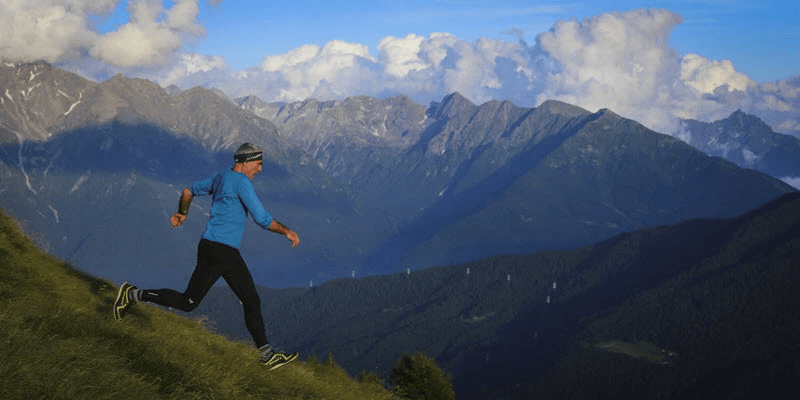
So friction is good. But it can be bad when we get blisters. The important thing to realise is that friction is necessary and is why your shoes, socks and insoles are made out of high-friction materials. This is quite intentional and it has to be this way. Most people get away with these high friction levels most of the time. It’s only when high friction levels are giving you blisters that you need to manage that friction – and only in that discrete location. Not all over, just in the area of your blisters so you can maintain traction everywhere else. This is called targeted friction management.
Many blister prevention strategies reduce friction levels. But not all of them do it in a way that is targeted. Strategies that are not targeted (because they work over the whole foot) include moisture-wicking socks, double socks, lubricants, taping (depending on application technique) and powders. That’s not to say these are bad choices for blister prevention. I highly recommend moisture-wicking socks. And taping has it’s place. But if you need to be serious about reducing friction levels, you only want to make it more slippery where your blister is – not all over your foot.
My favourite friction management strategy that is also targeted is ENGO Patches. You select the appropriate shaped patch (or you cut it to size) and apply it to your shoe or insole or orthotic. That way good friction is maintained everywhere else for traction.



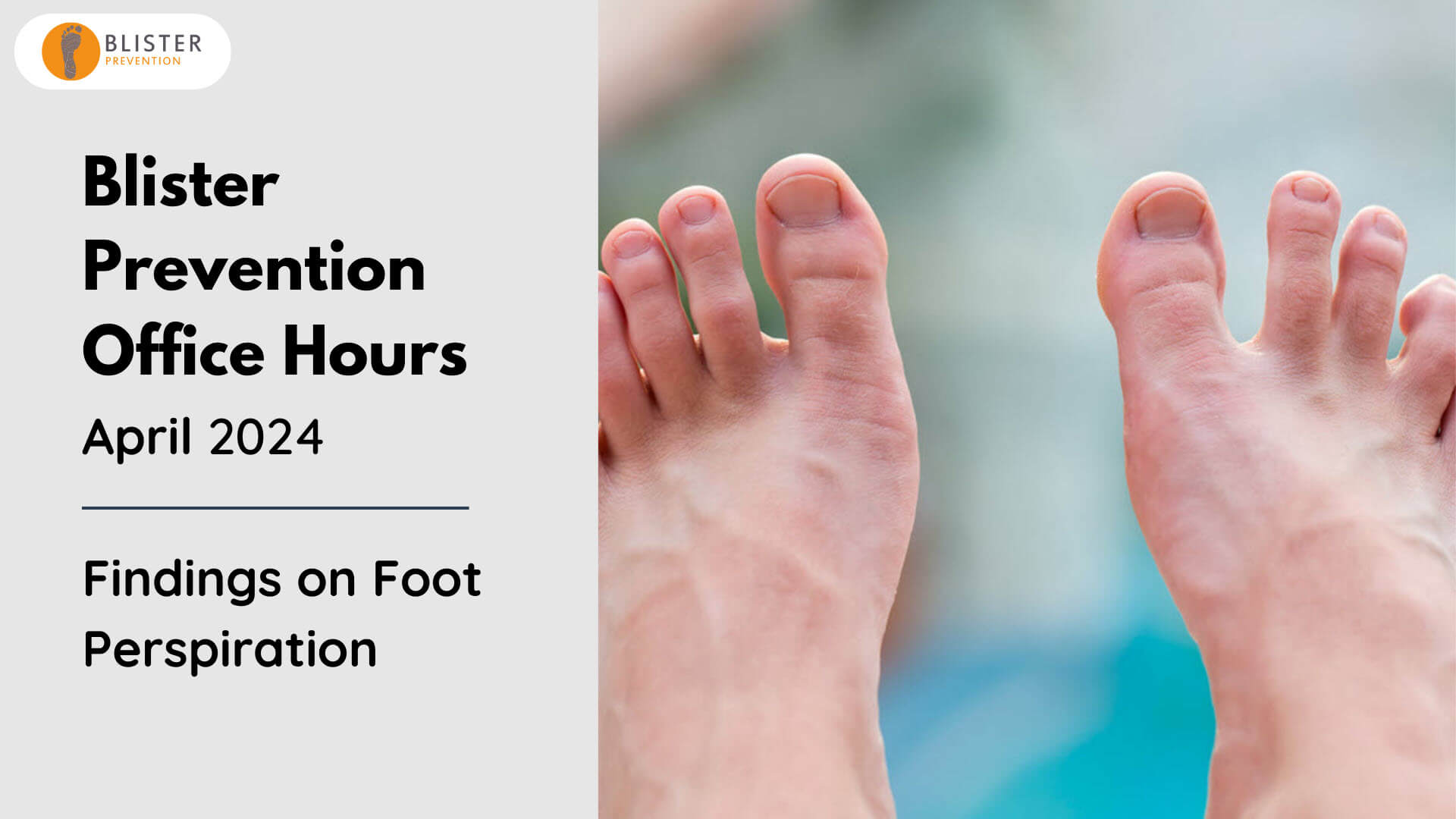
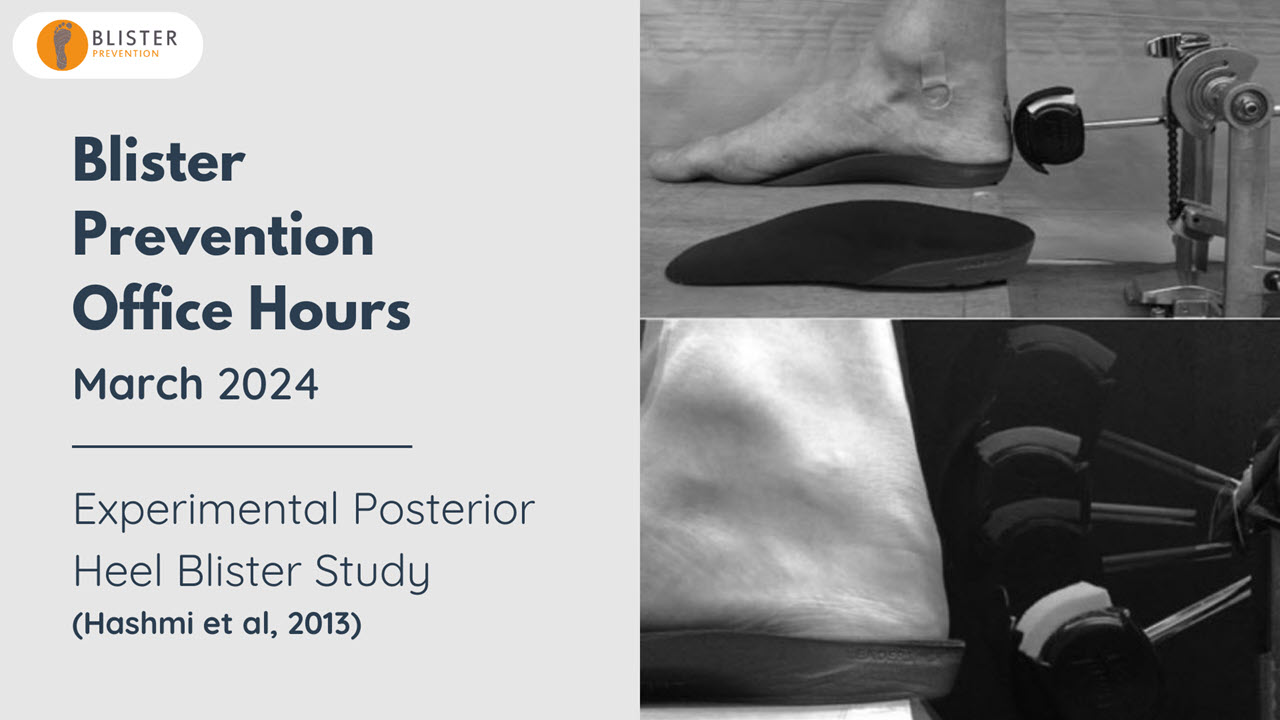
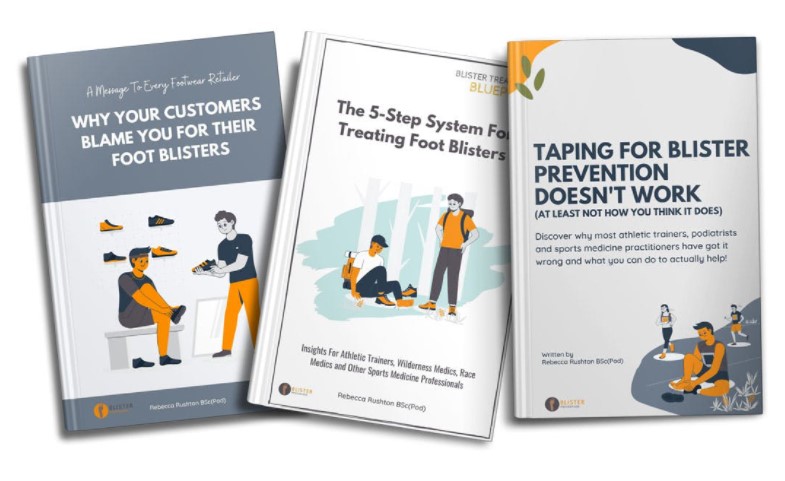
One Response
if we lose friction all subjects gonna slip.